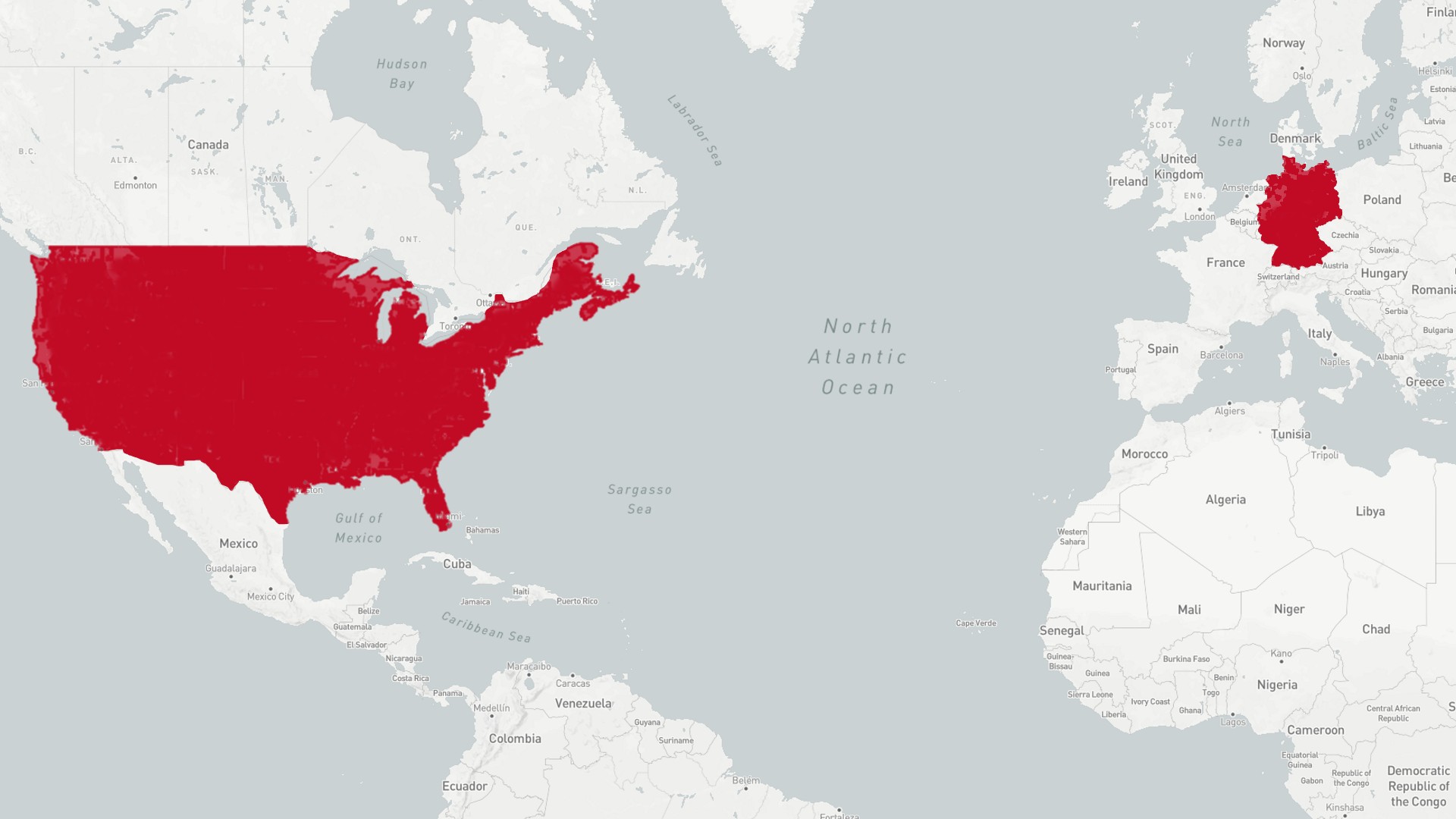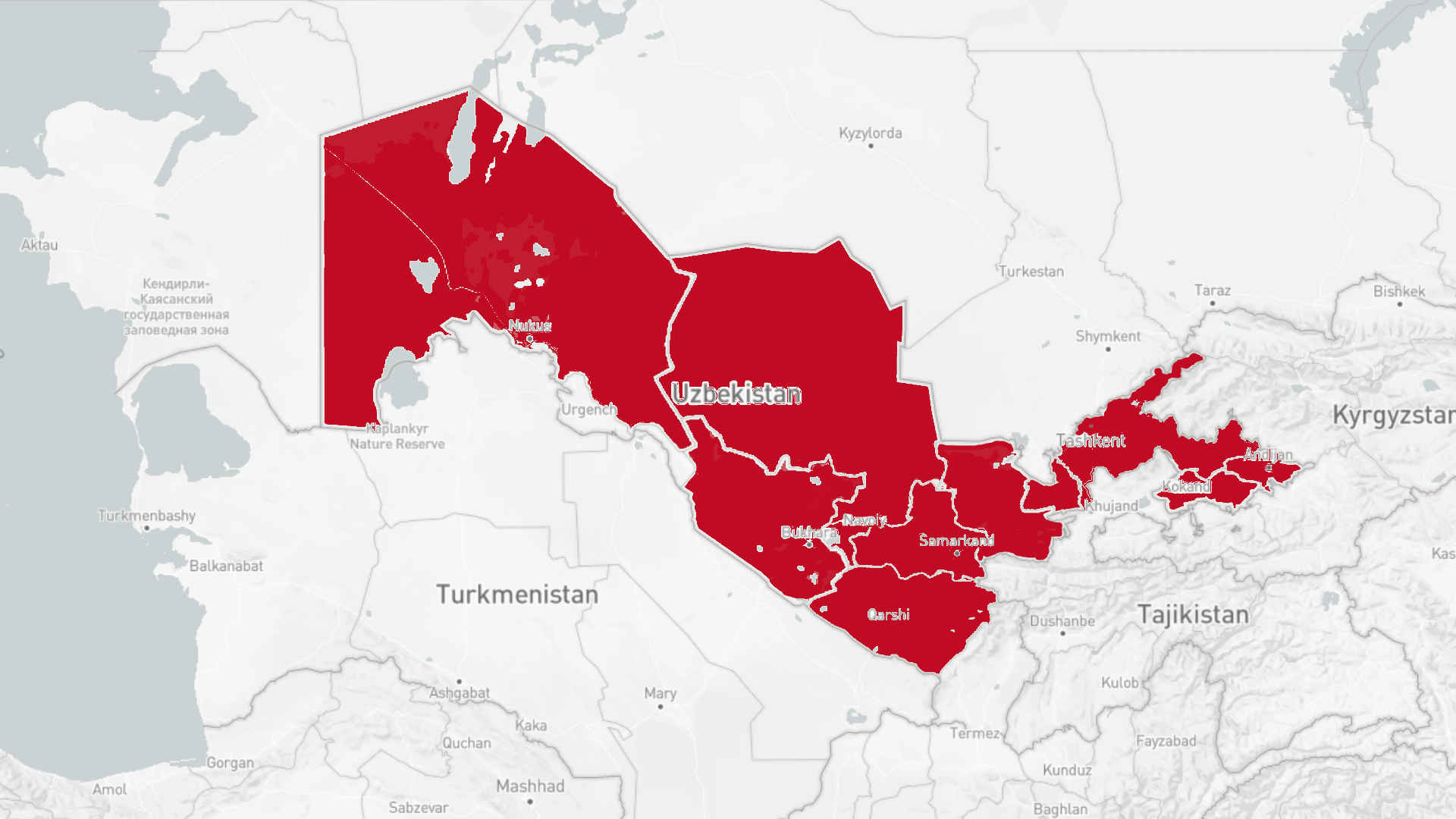Africa’s Great Green Wall: A Bursting Dream?
2021
A giant vegetation barrier to stop desertification: The Great Green Wall is the world’s most ambitious project to fight the impact of climate change. Why it is struggling to reach its potential.
The latest Ipcc report drew a frightening conclusion: Global warming of 1.5 degrees is already threatening by 2030. It’s the same year where Africa’s project of the Great Green Wall set itself an ambitious goal: To restore 100 million hectares of degraded land in the Sahel zone. But how is it going?
To answer this, it is important to know how the project started and what it is about. Despite its huge dimension and potential significance not only for Africa but the whole world, it hasn’t been covered a lot by the media so far.
What’s the Great Green Wall and why is so important
The Great Green Wall is an initiative to combat land degradation, desertification, and drought in the Sahel region, started by the African Union in 2007. Although contributing little to climate change, Africa has been suffering from its impacts early. Especially the Sahel region has been devastated by severe droughts and massive loss of fertile land in the last 30 years. While 65 percent of the land is degraded, 80 percent of the population still rely on rain-fed agriculture. People live off the land and depend on its productivity to survive.
Therefore, the idea was born to plant an 8.000km-long and 15km-wide barrier of trees from the Senegal in the West to Djibouti in the East of Africa to hold back the desert of the Sahara. Over the last years, this vision has evolved into striving for a mosaic of green and productive landscapes rather than mass tree planting. While there were 11 founding states at the beginning, the Great Green Wall is now being implemented in 21 countries across Africa. The project is financially supported by the World Bank, the EU and the United Nations, among others.
Tabi Joda, an ambassador for the Great Green Wall from Cameroon, sees the project as a holistic approach to improve the living conditions of the people in the Sahel zone: “It’s not just about planting trees. It’s about restoring communities”, he says. The Great Green Wall aims to boost food security, improve health, and create new jobs and income opportunities for the local communities. “The Great Green Wall has become Africa’s biggest opportunity”, he says.
Only 4% of the target has been reached by now
In 2020, the United Nations Convention to Combat Desertification (UNCCD) published a a status report of the Great Green Wall that shows that this goal is still a long way off: only 4 million hectares (4%) of the target to restore 100 million hectares of land by 2030 has been reached by now.
There are great differences between the progress of the countries. Ethiopia for example started reforesting earlier than other nations and is now far ahead: it planted over five billion seedlings on 150,000 hectares of reforested lands and 792,000 hectares of new terraces. Other countries make slower progress due to different geographies, levels of governance and economic development. Chad planted 1.1 million plants and seedlings and Mali 135,000, though both nations received more financial support for the project.
A major problem is the lack of money
There are several reasons why building the Great Green Wall is not going as well as hoped. According to the status report , a major problem is the lack of money. For donors and financiers, it is a high risk to fund the Great Green Wall. Many projects are not financially profitable. There is a long time-lag between investment and visible impact. Also, as the population keeps growing and people rely on revenues, it is not sure that farmers may cut and sell the trees they planted as part of the projects. In addition, terrorism and unsure economic and political conditions make the future situation unpredictable for investors.
Another problem is monitoring. Countries lack the capacities and financial means to report and evaluate the progress. Insufficient reporting causes donors to lose confidence in the project and become less likely to fund it. Moreover, the Great Green Wall lacks political support for the environmental policy agenda from the government of the respective countries.
When planting trees, it is important to track the survival rates five to ten years after planting. “So many tree planting projects in Africa have failed and millions of dollars have been wasted”, continues Tabi Joda. The Great Green Wall aims to make it different by ensuring biodiversity and ecosystems that are holistically restored.
Giorgio Vacchiano, a researcher in forest ecology at the University of Milan, says: “It will be critical to choose the right trees in the right place, and invest not only in planting but also in their care.” Especially in the first years of planting, droughts would risk making the investment meaningless. A clear example of failure that could be learned from comes from China, which is running a similar project to hold back the expansion of the Gobi Desert. “The example of China tells us what not to do: plant 35 million hectares of new forests in 20 years, more than half of which are dominated by a single species – the poplar”, Vacchiano says. This species is particularly efficient at extracting water from the soil and evaporating it – instead of stopping the spread of the desert, it accelerated it. In addition, the trees have been an “exceptional banquet” for the Asian woodworm, which has damaged trees on tens of thousands of hectares.
For the Great Green Wall to be a long-term success, “it is fundamental to work together with the citizens who live in those territories, who have their own way of using the land, the trees and the forest”, Vacchiano says. Not involving them would mean hindering both the effectiveness of the intervention and the life and adaptation of the residents.
Additional funding of 14 billion US dollars
According to the status report , “a quantum leap in mobilizing the required investments is needed” to achieve the Great Green Wall’s ambitions for 2030. That means at least between 36 and 43 billion US dollars, plus the costs of training farmers and adjusting land-use policies and governance structures. It would also require increasing the current pace of land restoration from 1.9 million hectares per year on average to 8.2 million hectares annually.
Recently, there was hope for the future of the Great Green Wall: On the One Planet Summit for Biodiversity held in Paris on January 11, 2021, 14 billion US dollars in additional funding was pledged to the project over the next ten years.
For Tabi Joda, the most important thing is more action on the Great Green Wall on the ground. “Talk will not change anything”, he says. Nevertheless, he hopes that the Great Green Wall gets more attention from other nations. “It is important for people in Italy, in Europe and everywhere in the world to turn their eyes to the Great Green Wall and realize how important it is for Africa and for the world.” Increasing carbon emissions and increasing extreme weather events are a disaster for everyone, he says. The Great Green Wall could also be a solution to the migrant crisis in Europe by preventing Africans from traveling across the Mediterranean in search of a better future. For Africa, which has suffered many years of colonization, it is a step to greater self-reliance. Joda says: “The Great Green Wall is seen as an image of decolonization. It enhances the integrity and the dignity of an African.”
The article has been published on Lifegate.








